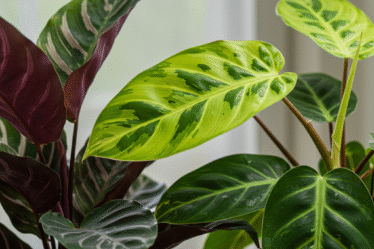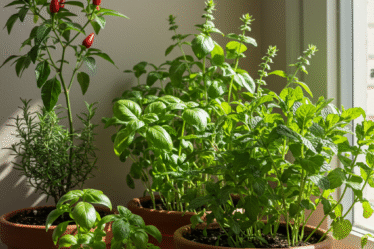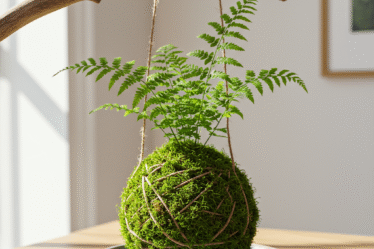
The ZZ plant, scientifically known as Zamioculcas zamiifolia, has quickly become a favorite among houseplant enthusiasts, and for good reason. Its striking, dark green foliage adds a touch of modern elegance to any space, while its incredibly low-maintenance nature makes it perfect for even the most forgetful plant parent. In fact, its resilience has earned it the nickname “the nearly indestructible houseplant.” This article delves into the reasons behind the ZZ plant’s popularity, offering tips and tricks for thriving, and exploring why it’s become the go-to choice for adding a splash of green to homes and offices alike.
Native to eastern Africa, the ZZ plant thrives in dry conditions, mimicking its natural habitat. Its thick, rhizomatous roots store water efficiently, allowing it to tolerate periods of neglect. This inherent drought tolerance makes it an ideal choice for busy individuals or those new to plant care. Unlike more demanding houseplants, the ZZ plant doesn’t require frequent watering, and can even tolerate low light conditions, although it will flourish in bright, indirect light. Overwatering is actually a more common problem than underwatering, as it can lead to root rot. A good rule of thumb is to allow the soil to dry out completely between waterings.
Beyond its resilience, the ZZ plant also offers aesthetic appeal. Its upright, architectural form adds a sculptural element to any room. The glossy, deep green leaves create a sense of lushness, even in minimalist settings. Furthermore, the ZZ plant is available in several varieties, including the ‘Raven’ ZZ plant with its dramatic, near-black foliage, and the dwarf ZZ plant, perfect for smaller spaces. Whether you’re looking to add a touch of greenery to your desk or create a statement piece in your living room, there’s a ZZ plant to suit your style.
While the ZZ plant is remarkably low-maintenance, a few simple steps can ensure its continued health and vibrancy. Firstly, choose a well-draining potting mix to prevent root rot. A mixture of peat moss, perlite, and bark chips works well. Secondly, avoid placing your ZZ plant in direct sunlight, which can scorch the leaves. Finally, fertilize sparingly, only during the growing season (spring and summer), using a balanced liquid fertilizer diluted to half strength. With minimal care, your ZZ plant will thrive, adding a touch of effortless elegance to your space for years to come.
The ZZ plant’s popularity isn’t just a fleeting trend; it’s a testament to its remarkable adaptability and aesthetic appeal. Whether you’re a seasoned plant enthusiast or just starting your indoor jungle journey, the ZZ plant offers a hassle-free way to enjoy the beauty and tranquility of nature within your home. Its striking foliage, ease of care, and air-purifying qualities make it a valuable addition to any indoor environment, proving that sometimes, less truly is more when it comes to achieving ZZ plant zen.



